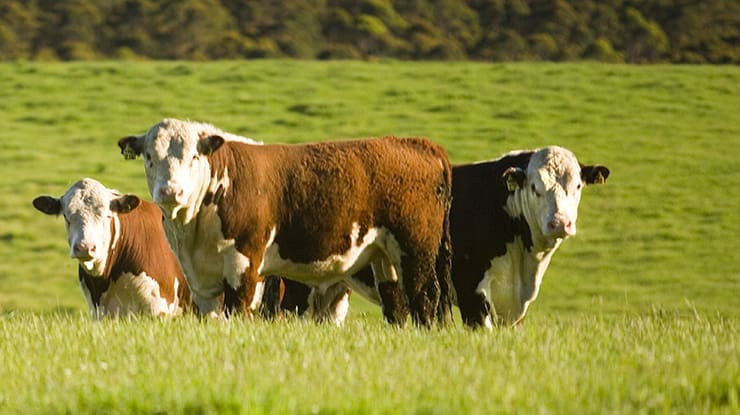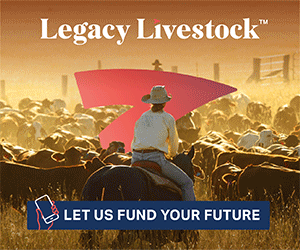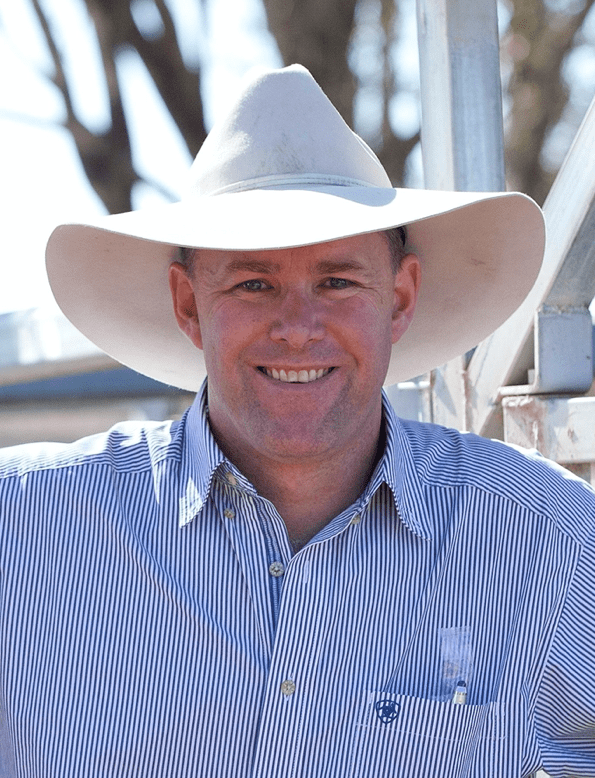
INCREASING profitability for commercial producers is a common theme at any field day, workshop, or seminar in the beef industry.
Without doubt, there is a need to have very member of the beef industry aware of, and focused on the opportunities that exist for producers to achieve increases in their individual enterprise profits and contribute collectively to a profitable and sustainable beef industry.
At its most basic measure, profit can be described as the difference between the Average Price ($/kg) and the Cost of Production ($/kg).
More importantly, the basic measurement of Cost of Production ($/kg) is a metric that can be understood and used across the industry, regardless of location or enterprise size.
Producers can determine their individual Cost of Production by dividing their total operating expenses by the kilograms of liveweight they produce.
Looking back over data presented in “the Australian Beef Report 2023” by Bush Agribusiness, it’s fascinating to see the differences in Cost of Production between the average beef producer and those in the Top 25pc as an average between 2011 – 22.

Source: The Australian Beef Report 2023 – Bush Agribusiness
The Australian Beef Report offers a large number of insights into performance of herds and offers key insights that producers could use to measure and potentially improve their own enterprise profitability.
Despite the availability of data such as this, within the broader industry there remains an entrenched attitude towards the role of both the seedstock industry and breed societies which expects them to lead the industry to achieve greater levels of profitability.
This argument lies in a belief that seedstock producers are the ones responsible for supplying genetics to the industry and it is their responsibility to provide commercially profitable genetics. While in the case of breed societies the expectation is they should ensure seedstock suppliers do this exactly so producers have access to those genetics.
Expecting to be ‘made’ more profitable is setting a business or an enterprise up for disappointment and eventual failure.
The reality is somewhat different. Expecting to be ‘made’ more profitable is setting a business or an enterprise up for disappointment and eventual failure.
Fundamentally, it is the responsibility of any business owner and manager to understand what actually contributes to profit within a business and develop strategies to best exploit them.
 Business profit drivers in the beef industry fall into the categories of genetics, environment, and markets. In an industry with such diverse production environments and over 100 market destinations, it is extremely unrealistic to expect the seedstock industry to take on responsibility for driving profit.
Business profit drivers in the beef industry fall into the categories of genetics, environment, and markets. In an industry with such diverse production environments and over 100 market destinations, it is extremely unrealistic to expect the seedstock industry to take on responsibility for driving profit.
More realistically the responsibility for becoming more profitable has to come back to the individual producer themselves. Foremost is the need to determine the Cost of Production for a business and establish a clear set of priorities to focus on in order to start improving that result.
Not every set of priorities will be the same, and while there may be overlap, what suits one business may be totally unsuitable for another. In setting these priorities, it is worth remembering that a common trait shared by all producers characterized as being in the Top 25% is they “focus on the things they can control.”
So where do seedstock producers & genetics fit?
Genetics are clearly one of the key profit drivers for beef businesses. The decision to use a breed or complementary breeds in a crossbreeding program has to lie with the individual producer.
However these choices have to be made with a focus on exploiting the opportunities to reduce the cost of production. Selecting animals with greater genetic merit and leveraging this potential within an environment is a critical step.
Given the extreme variation in production environments and markets, as well as the numerous ways producers can choose to improve their cost of production, it is unrealistic to expect seedstock producers to try to cover all bases.
What is not unrealistic however, is to expect seedstock producers to undertake data collection and performance recoding in order to offer commercial producers the greatest accuracy possible in their decisions to select new sires.
Producers should be choosing the traits they require. However, they need to do this with confidence and accuracy if they are to make selection decisions in order to find the animals with the right genetics for their environment and market.
If there is to be an expectation of seedstock producers, it should be based on this requirement rather than expecting them to produce something for everyone.
What about the breed societies?
A frequent challenge levelled at breed societies, including in reader comments to Beef Central, are that breed societies should be doing more to help commercial producers, or that they are “pushing agendas on unrealistic carcase expectations” or have agendas for genetic change.
There is a difference between expectations and reality. In reality breed societies exist to promote a breed, to improve their breed, define breed standards and to record pedigrees.
The expectation that breed societies should again take on a role defining or directing commercial producers to undertake practices that may contribute to profit again fails to recognise the diversity of the breed industry.
In reality a breed society doesn’t set a direction. For the industry, nor does it define what specific traits producers should select for.
While some breeds do assess and record animals against breed standards, most others are focused on promotion and addressing the needs of members who contribute to the society through memberships and pedigree registrations.
Breed promotion is based on highlighting the genetic merits and the range of traits that breeds may have.
For a commercial producer, the role of a breed society lies in the role of ensuring accuracy of pedigrees and encouraging greater performance recoding across the breed. In this way, a breed can be better placed to offer commercial producers the accuracy they require to make selection decisions for their cost of production with the greatest degree of confidence.
Any more than this is simply unrealistic.
Ultimately there are many ways producers could choose to become more profitable. Finding the most effective profit drivers may include genetics, and in that case accuracy of information to inform selection is essential.
Producers need to make the choices on genetics based on their needs and then rely on breeders and societies to be able to describe the genetics they have and make them easy to find when required.
 Alastair Rayner is the Principal of RaynerAg, an agricultural advisory service based in NSW. RaynerAg is affiliated with BJA Stock & Station Agents. He regularly lists and sell cattle for clients as well attending bull sales to support client purchases. Alastair provides pre-sale selections and classifications for seedstock producers in NSW, Qld, and Victoria. He can be contacted here or through his website www.raynerag.com.au
Alastair Rayner is the Principal of RaynerAg, an agricultural advisory service based in NSW. RaynerAg is affiliated with BJA Stock & Station Agents. He regularly lists and sell cattle for clients as well attending bull sales to support client purchases. Alastair provides pre-sale selections and classifications for seedstock producers in NSW, Qld, and Victoria. He can be contacted here or through his website www.raynerag.com.au
